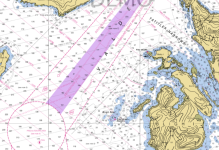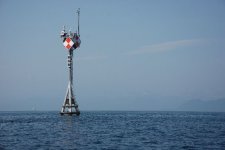This is absolutely insane! The only passable excuse this tug can have for running aground is loss of power, and additionally not having the ability to drop anchor.
I don’t care how bad the weather was out there, how thick the fog is, how saver the sea state was. There is absolutely no excuse for a well equipped vessel of this type running aground on one of the most well charted recognized marine hazards in Prince William Sound….period!!!
:x
Fuel tanks ruptured and leaking….
http://www.adn.com/news/alaska/story/1068799.html
It’s really going to be interesting to see how this plays out. I knew a guy who was relief skipper on one of these tugs, they are loaded with redundancies….someone must have fell asleep at the wheel or something…
Happy holidays to everyone
Jay
I don’t care how bad the weather was out there, how thick the fog is, how saver the sea state was. There is absolutely no excuse for a well equipped vessel of this type running aground on one of the most well charted recognized marine hazards in Prince William Sound….period!!!
:x
Fuel tanks ruptured and leaking….
http://www.adn.com/news/alaska/story/1068799.html
It’s really going to be interesting to see how this plays out. I knew a guy who was relief skipper on one of these tugs, they are loaded with redundancies….someone must have fell asleep at the wheel or something…
Happy holidays to everyone
Jay


